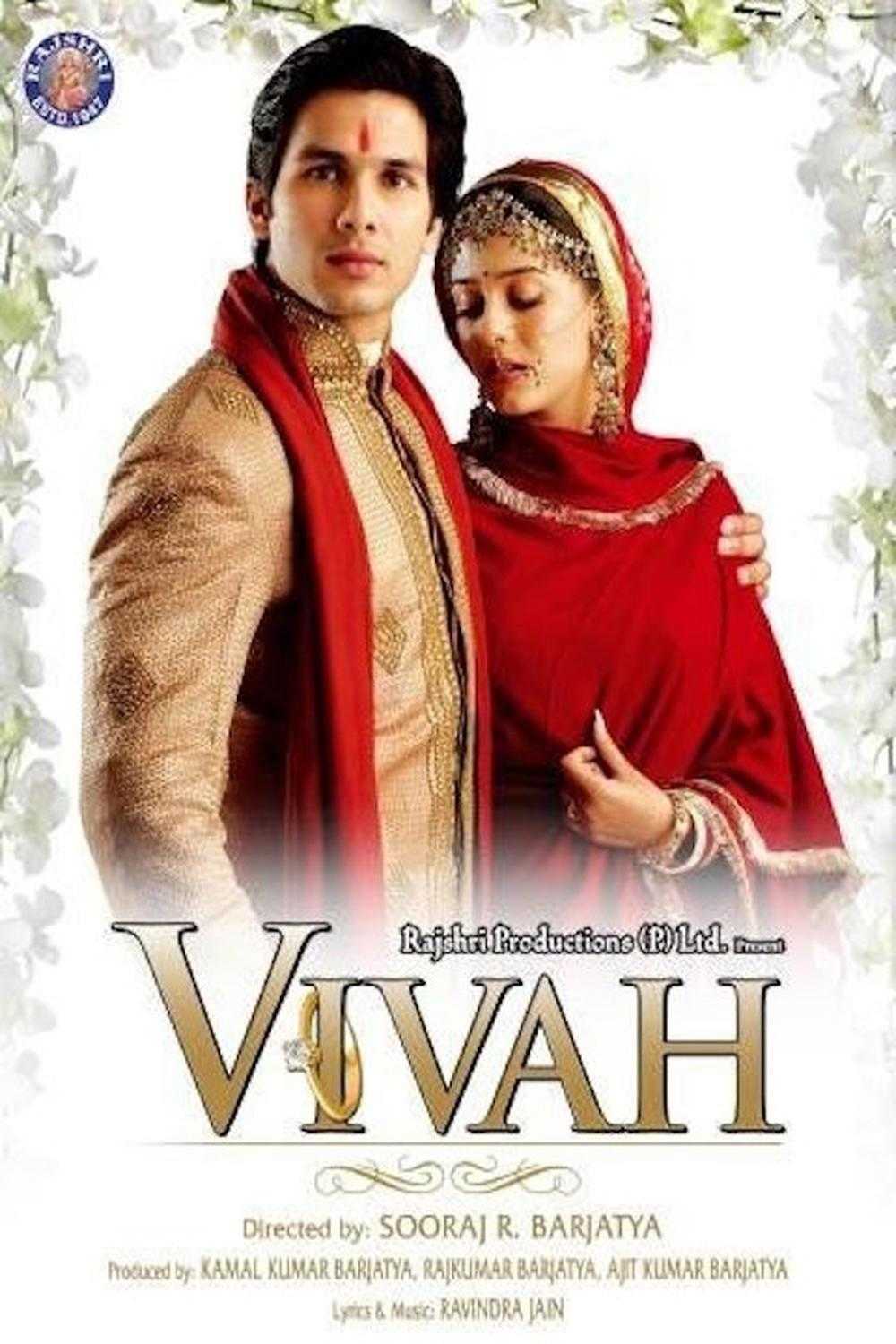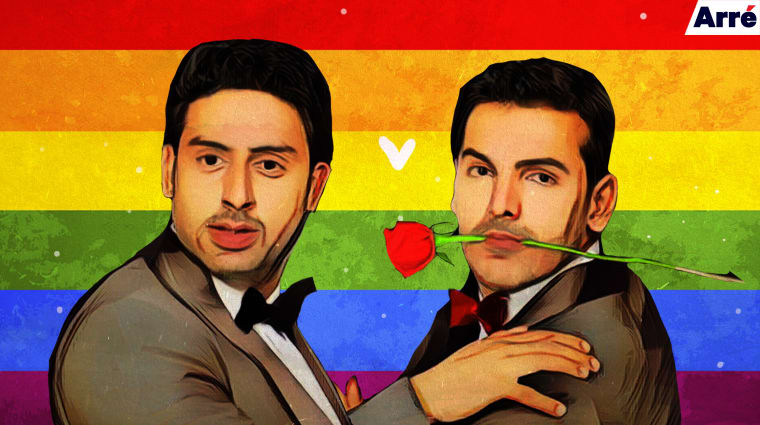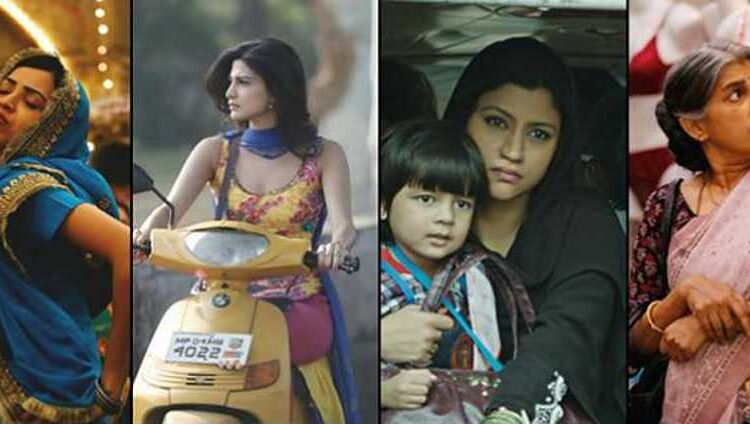Cinema has been and still is a vital part of Indian culture. More often than not, we base our judgment of people on what we see on screen, or rather, what we have seen on screen since the inception of Indian cinema. For most of the century, cinema has existed in the Indian Subcontinent; specific cultures and “types” of people are portrayed stereotypically.
The Cambridge Dictionary defines “stereotype” as a set idea that people have about what someone or something is like, especially an idea that is wrong. Going by this definition, we have been fed “wrong ideas” of people by commercial cinema for about a hundred years. Media has a vital role in molding a citizen’s identities, and Indian cinema plays a key role.
For instance, gender profiling is currently a significant issue in India. While there is patriarchy to take most of the blame for it, mass media tends to perpetuate a specific behavior that males and females are supposed to exhibit. As consumers of mass media, we tend to stick to that judgment of people around us, even in real life.
A man is essentially supposed to be the household’s breadwinner, while a woman is supposed to be a great cook, wife, and mother. Evidence of this is shown in almost all family-based movies such as Vivah and Hum Saath Saath Hai. Kuch Kuch Hota Hai shows how the male lead falls in love with the female lead only after transforming into a beautiful apsara-like human.

Movies such as Ki and Ka attempted to fix this moral policing and gender profiling but missed the point.
Another significant issue is with the portrayal of religious and ethnic minorities. Sikhs, just as any other ethnic minority, are shown in an incredibly stereotypical manner – either they are portrayed as brave warriors in movies such as Gadar: Ek Prem Katha or as loud, uncouth, alcoholic party freaks like in Yamla Pagla Deewana. The maximum number of war films were made between 1996-2006 in India. Here Muslims were introduced as our national enemy, and post 9/11, terrorists (who are also apparently only Muslims) were now introduced as our global enemies. Most Indian movies that have anything war-related have Pakistanis (and in turn Muslims) as the enemy. Like in movies like Baby, Ek The Tiger.
Similarly, people of the LGBTQ+ community, mostly homosexual men, are portrayed as having feminine features. Most movies mock the way they (stereotypically) walk and dress—movies like Student Of The Year and Dostana.

Cinema has, not just in India but globally, made us rely on these stereotypes to form a judgment of others, and this, in turn, has led us to have awful feelings towards others only because of their race, gender, or ethnicity.
But the film industry is not all toxic – although there have mostly been misses on featuring characters from various communities, there have also been some hits. Movies such as Veere Di Wedding, Raazi, and Kahaani portray women as strong-independent women in multiple situations. Shubh Mangal Zyada Savdhan There’s also movies like Rocket Singh: Salesman of the Year and Bhaag Milkha Bhaag that portray Sikhs as they are and not as the rest of the society assumes them to be. Movies like My Name Is Khan address racism against Muslims, and Mulk shows Muslims positively.
LGBTQ+ representation, however, is much harder to show on the big screen as it is still a taboo to the censor board. There are, however, movies that uniquely tackle the issue – such as Margarita With a Straw, Fire, Aligarh, and Shubh Mangal Zyaada Savdhan. These movies respectfully portray characters from the community. Indian Cinema is slowly moving towards erasing these stereotypes and perhaps moving towards a better and broad-minded future.
Sources:
- https://indianculturalforum.in/2018/08/20/the-muslim-in-hindi-cinema/
- http://shodhganga.inflibnet.ac.in/bitstream/10603/104143/6/06_abstract.pdf
- https://www.thetealmango.com/entertainment/bollywood-movies-lgbt-representation/
- https://www.quora.com/Why-are-Sikhs-portrayed-as-dumb-in-Bollywood-movies
- http://dailysikhupdates.com/list-of-positive-vs-negative-portrayal-of-sikhs-in-bollywood-films/
- https://examples.yourdictionary.com/stereotype-examples.html


Comments are closed.